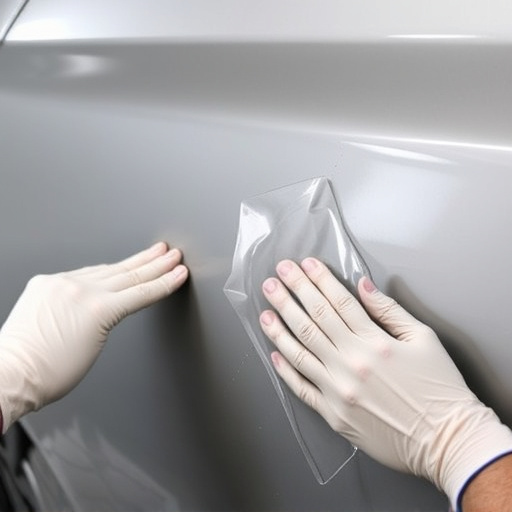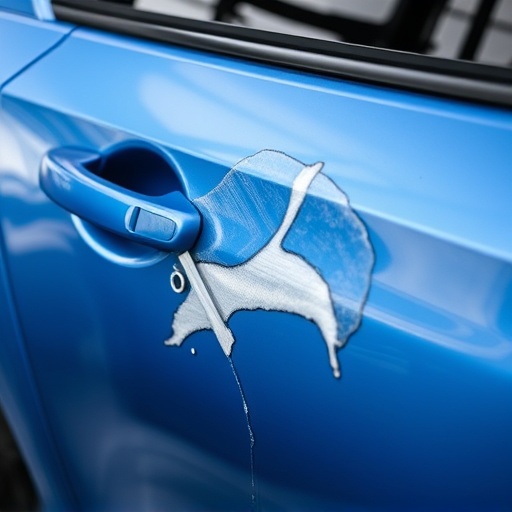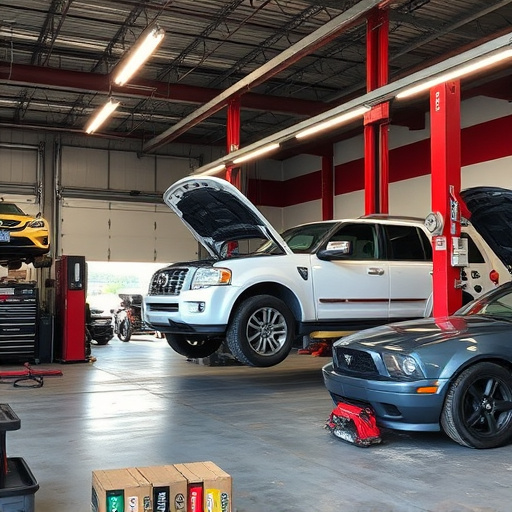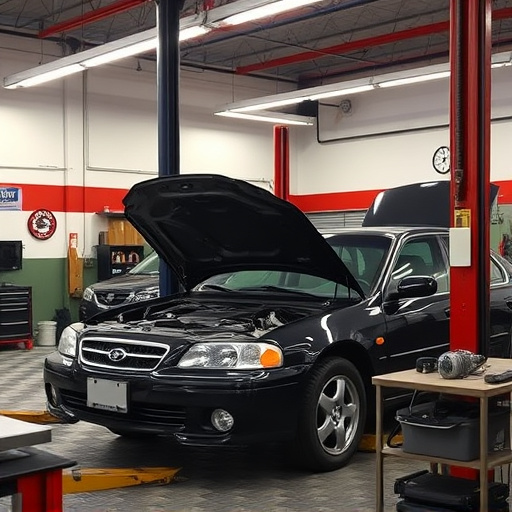Specialty trim repair is a crucial service for minor car collisions, focusing on intricate interior and exterior damage. Insurance companies conduct detailed assessments considering vehicle age, condition, and type of trim to determine repairs vs. replacement. Effective communication among policyholders, insurers, and specialized repair facilities ensures accurate assessments, timely repairs, and seamless restoration of aesthetic integrity. For complex repairs, clear understanding of assessment process and negotiation of compensation are vital for customer satisfaction.
In today’s world, specialty trim repair is a common concern for homeowners. When damage occurs, understanding how insurance handles these claims is crucial. This article guides you through the intricate process, from filing a claim to receiving compensation, ensuring you’re informed about every step. Learn how insurance assesses and evaluates specialty trim repair damage, and discover strategies for resolving disputes effectively. By delving into these insights, homeowners can navigate their insurance claims with confidence.
- Understanding Specialty Trim Repair Claims Process
- Insurance Assessment and Evaluation of Damage
- Resolving Disputes and Receiving Compensation
Understanding Specialty Trim Repair Claims Process

When a car experiences what’s commonly known as a “fender bender” or a minor collision, the resulting damage might extend beyond visible dents and scratches. This is where specialty trim repair comes into play, addressing the intricate details that make up a vehicle’s interior and exterior aesthetics. Understanding the claims process for these types of repairs is crucial for both policyholders and insurance providers.
Specialty trim repair claims involve meticulous work to restore damaged or faded components such as door panels, dashboards, and other decorative pieces. A car repair shop specializing in this field will assess the damage, provide an accurate estimate for the repair cost, and guide the policyholder through the claim process. This often requires clear communication between the insured, their insurance company, and the designated repair facility to ensure a seamless and efficient resolution, ultimately leading to a vehicle that looks as good as new.
Insurance Assessment and Evaluation of Damage

When a client files a claim for specialty trim repair damage, the insurance company initiates a meticulous assessment process. This involves thorough inspection of the affected areas to accurately determine the extent of the damage. Insurance assessors, who are trained professionals, carefully evaluate every detail, from small dents and scratches to more significant structural issues within the car’s bodywork. They employ various tools and techniques to ensure precise measurements and accurate documentation, which is crucial for the next steps in the claims process.
The assessment also considers the age and condition of the vehicle, as well as the type of trim involved. Special attention is given to specialty items that require unique repair techniques and materials, such as custom car bodywork or intricate interior designs. This evaluation plays a pivotal role in determining the feasibility of repairs versus replacement, and it guides the insurance provider in offering appropriate compensation for the necessary car collision repair or dent removal procedures.
Resolving Disputes and Receiving Compensation

When a vehicle suffers specialty trim repair damage, either from an accident or other incident, the process of resolving disputes and receiving compensation is crucial. Many insurance companies have specific procedures in place for handling such claims, often involving detailed assessments by trained professionals. These assessments determine the extent of the damage, which is then used to calculate the appropriate level of compensation.
The customer’s satisfaction during this phase depends on clear communication with their insurer, understanding the assessment process, and being aware of their rights as a policyholder. In some cases, especially for more complex mercedes benz repair or in a collision repair center, negotiations may arise if the estimated costs differ from the insured’s expectations. An auto body shop experienced in handling specialty trim repairs can offer guidance and support throughout this dispute resolution process, ensuring the customer receives fair compensation for their vehicle’s restored condition.
Insurers play a vital role in facilitating the process of specialty trim repair claims, ensuring that policyholders receive fair compensation for damage to their properties. By understanding the assessment, evaluation, and resolution phases, homeowners can confidently navigate this procedure. The article has outlined key steps, from recognizing the need for specialty trim repair to receiving compensation, empowering individuals to protect their investments effectively.














